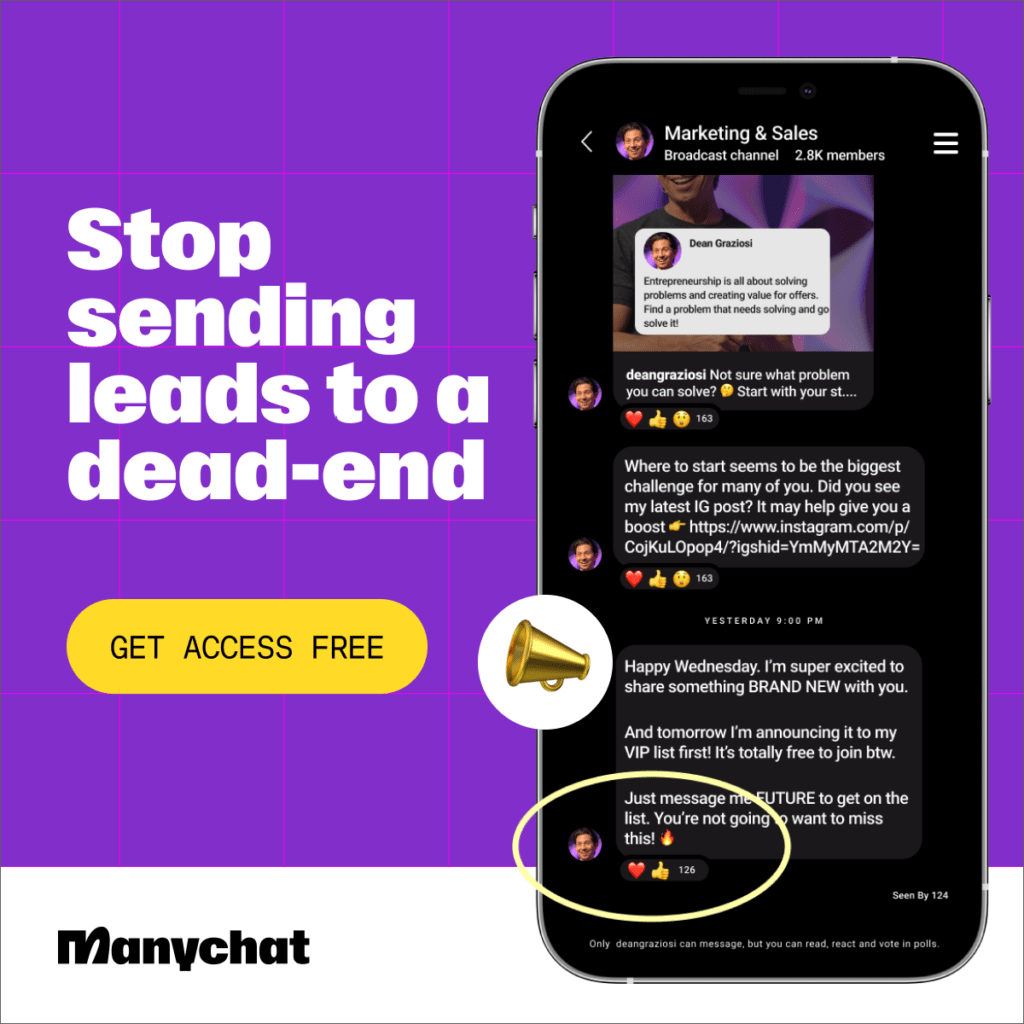Marketing vs Advertising: 8 Myths or Facts
Do You Think There’s A Difference Between The Two?
Truth Behind Myth
Discover the truth behind common myths surrounding marketing and advertising. Explore facts, examples, and expert insights to understand their unique roles and impact on business success.
Introduction
Marketing and advertising are often used interchangeably, but they are distinct aspects of a business strategy. Misunderstandings about their roles can lead to confusion and missed opportunities. In this article, we debunk some of the most common myths and replace them with facts, providing examples, insights, and famous quotes to highlight the differences and significance of both fields.
4 Myths and Facts about Marketing
What is Marketing?
Marketing is the broad process of identifying, understanding, and satisfying customer needs. It encompasses research, product development, branding, and customer engagement. Marketing is a long-term strategy aimed at building relationships and creating value.
4 Common Myths About Marketing
- Myth: Marketing is just about selling products.
- Fact: Marketing focuses on understanding customers, creating value, and building brand loyalty. Selling is only one part of the marketing process.
- Fact: Marketing focuses on understanding customers, creating value, and building brand loyalty. Selling is only one part of the marketing process.
- Myth: Marketing and advertising are the same.
- Fact: Marketing is a broader concept, while advertising is a specific tool used to promote products or services.
- Fact: Marketing is a broader concept, while advertising is a specific tool used to promote products or services.
- Myth: Marketing is only for big companies.
- Fact: Small businesses can greatly benefit from marketing by targeting niche audiences and leveraging affordable strategies like social media.
- Fact: Small businesses can greatly benefit from marketing by targeting niche audiences and leveraging affordable strategies like social media.
- Myth: Marketing is unnecessary if the product is good.
- Fact: Even the best products need marketing to reach their intended audience and highlight their value.
Famous Marketing Quote
“Good marketing makes the company look smart. Great marketing makes the customer feel smart.” — Joe Chernov
Examples of Effective Marketing
- Apple’s “Think Different” Campaign: This iconic marketing campaign focused on innovation and customer aspirations rather than specific products.
- Coca-Cola’s Personalized Bottles: The “Share a Coke” campaign used personalized labels to create emotional connections with consumers.
Myths and Facts About Advertising
What is Advertising?
Advertising is a subset of marketing. It involves creating and delivering paid messages to promote products, services, or ideas. Advertising aims to capture attention and drive action through various channels like TV, social media, print, and digital ads.
4 Common Myths About Advertising
- Myth: Advertising guarantees sales.
- Fact: Advertising creates awareness and interest, but sales depend on the overall marketing strategy, product quality, and customer experience.
- Myth: Advertising is too expensive for small businesses.
- Fact: With digital platforms like Google Ads and Facebook Ads, even small businesses can create cost-effective campaigns.
- Myth: Advertising doesn’t require strategy.
- Fact: Successful advertising relies on targeting, messaging, and understanding the audience.
- Myth: The more ads, the better.
- Fact: Quality over quantity. A well-placed, engaging ad is more effective than bombarding audiences with irrelevant content.
Famous Advertising Quote
“Doing business without advertising is like winking at someone in the dark. You know what you’re doing, but nobody else does.” — Stuart H. Britt
Examples of Effective Advertising
- Nike’s “Just Do It” Campaign: This motivational slogan resonated globally, inspiring action and boosting brand loyalty.
- Old Spice’s “The Man Your Man Could Smell Like”: A humorous and memorable campaign that revitalized the brand.

Comparing Marketing and Advertising
Key Differences Between Marketing and Advertising
| Aspect | Marketing | Advertising |
| Definition | Broad strategy to understand and satisfy customer needs. | Specific tool to promote products or services. |
| Scope | Research, branding, pricing, and customer engagement. | Focused on paid promotions and campaigns. |
| Objective | Long-term customer loyalty and value creation. | Short-term awareness and action generation. |
| Example Activities | Content marketing, SEO, social media management. | TV ads, online banners, social media ads. |
Key Takeaway
Marketing sets the stage by identifying the right audience and messaging, while advertising executes specific promotions to engage that audience.
Summary
Marketing and advertising are complementary, not interchangeable. Marketing provides the strategic foundation, while advertising serves as one of its tactical tools. Understanding the myths and facts about both can help businesses create more effective strategies.
Bullet Points to Remember:
- Marketing is a long-term strategy; advertising is a short-term tactic.
- Marketing focuses on relationships; advertising focuses on promotion.
- Both are essential for business growth but serve different purposes.
FAQ
Q1: Can a business succeed without marketing?
- It’s unlikely. Marketing is essential for understanding customer needs and creating value, even for businesses with great products.
Q2: Is advertising necessary for all businesses?
- Not always. Small businesses may rely on organic marketing strategies, but advertising can help scale efforts when budgets allow.
Q3: What’s the best advertising channel?
- The best channel depends on your target audience. For younger audiences, social media is effective; for broader reach, TV or digital platforms may work better.
Search Topics
#Marketing #Advertising #MythsVsFacts #BusinessGrowth #MarketingStrategies
STAY TUNED
Want to master the art of marketing and advertising? Start by debunking common myths and leveraging the facts to grow your business. Subscribe Get A Clue Marketing Show On YouTube
QUICK COMPARISION BETWEEN: —Marketing, Advertising, Sales—
| Aspect | Marketing | Advertising | Sales |
| Definition | The broad process of identifying customer needs and creating strategies to meet them. | The specific act of promoting a product or service through paid messages. | The direct activity of selling products or services to customers. |
| Objective | To build awareness, generate interest, and create demand for a product or service. | To communicate product benefits and drive immediate customer engagement. | To convert prospects into paying customers. |
| Scope | Strategic and includes research, branding, distribution, and customer relationships. | Tactical and focused on delivering specific promotional messages. | Operational and focused on achieving revenue targets. |
| Focus | Long-term customer engagement and brand loyalty. | Short-term campaigns to attract attention and inform. | Immediate closing of deals or transactions. |
| Activities | Market research, product development, pricing strategy, branding, and customer support. | Designing and delivering ads via TV, social media, print, etc. | Negotiating with customers, following up on leads, and closing sales. |
| Tools & Channels | Market surveys, CRM software, content marketing, SEO, email marketing. | Media platforms (e.g., TV, radio, social media, print, online ads). | Sales pitches, demos, direct calls, and meetings. |
| Key Metric | Customer satisfaction, brand recognition, and market share. | Ad reach, impressions, click-through rate, and ROI on campaigns. | Revenue generated, sales volume, and conversion rate. |
| Team Involvement | Involves marketing strategists, analysts, and brand managers. | Involves advertisers, creative teams, and media planners. | Involves sales representatives, account managers, and business developers. |
| Relationship with Audience | Builds a relationship by understanding and addressing customer needs. | Creates awareness and attracts attention to a product or service. | Establishes direct contact to close transactions. |
This comparison outlines the unique roles of marketing, advertising, and sales while showing how they work together to achieve business goals.







